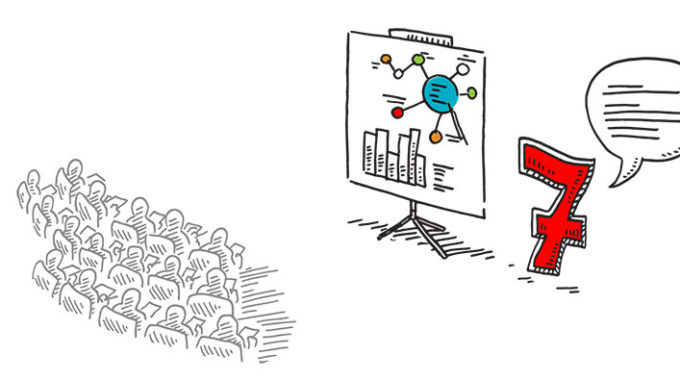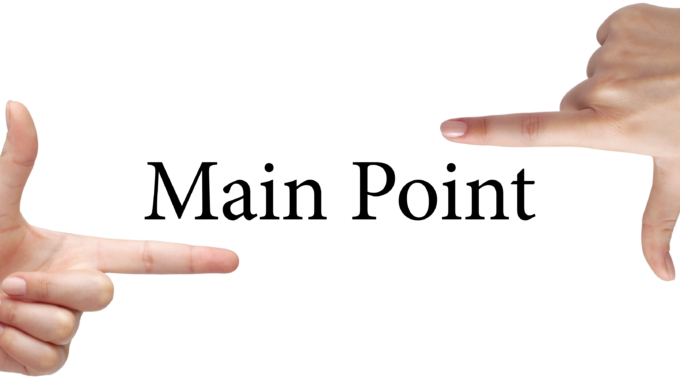Contrary to popular belief, numbers can’t always speak for themselves. Numbers can have an important story to tell, but how we present them is the difference between effective communication and confusion . . .
Leading readers down the garden path: How to avoid ambiguity

Put the book in the box in the kitchen.
Wait. What?
This writer is leading you down the garden path. Although the sentence is grammatically correct, its meaning isn’t clear. It would be easy for you to misunderstand what the writer is trying to say.
Is the book already in the box? Or are you supposed to put the book in the box that is in the kitchen? We can’t tell from this sentence.
Sometimes a sentence seems to mean one thing in the beginning, but by the end you realize that it means something else entirely. This ambiguity is often caused by a homograph, a word that has the same spelling as another word but has a different meaning. Here’s an example:
The complex houses married soldiers and their families.
The word “complex” could be an adjective that describes something complicated, but in this sentence it’s a noun meaning a group of buildings or facilities.
At the same time, “houses” could be a noun meaning buildings that people live in, but in this case it’s a verb that means to provide shelter.
The real confusion happens when readers come to the word “married.” Your brain, in a hurry to process the meaning of the sentence, assigns the most common meaning to the words it comes across.
But how can houses get married?
Indeed! At this point, most readers will stop and go back to the beginning of the sentence. This time they will take a little more time and pay closer attention.
In this context, “married” is not acting as a verb; it’s an adjective describing the soldiers. The sentence is trying to say this:
Married soldiers and their families live in the housing complex.
Being clear is not always easy. Clear writing takes effort, but everyone can learn how to spot potential ambiguity and craft clearer sentences. A good place to start is using plain language.
Plain language is writing that is clear, concise, and well organized. Its wording, structure, and design make it easy for intended readers to
- find what they need,
- understand what they find, and
- use the information.
To learn more about plain language, visit Plain Language Association International (PLAIN).




This Post Has 0 Comments